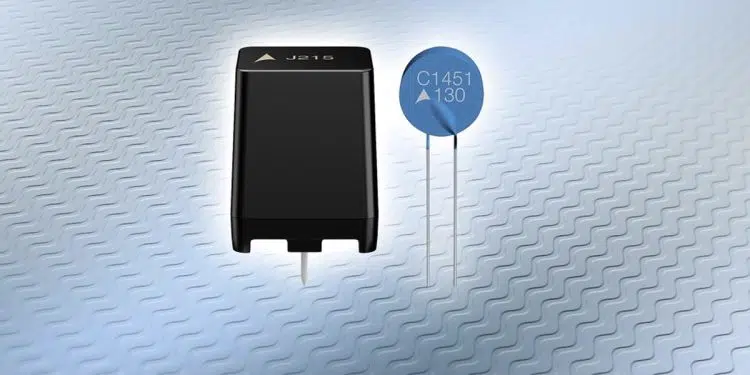TDK Corporation presents a new, user-friendly tool to help users select the right PTC inrush current limiters (ICL) for a range of different power supply and converter topologies. The intuitive tool is available online and does not need to be downloaded.
The selection process is divided into four stages: After specifying the circuit structure and the capacitor bank’s total capacitance, the developer must then enter the charging voltage and the maximum ambient temperature of the PTC inrush current limiter. After this has been done, the tool displays a list of suitable components for the user, and if a parallel connection is required, the number of components required is also shown. The most important key figures are also shown, as well as links to service distributors that sell the PTC ICLs.
One significant advantage of PTC inrush current limiters is the fact that they are intrinsically safe. In the event of an internal short circuit in the device when it is switched on, this component quickly limits the current to non-critical levels. Furthermore, this component ensures gentle charging of the DC link capacitors.
In addition to their use in converters and power supplies for industrial and household electronics, PTC inrush current limiters are also used in the field of e-mobility – such as in on-board charging circuits and for the charging and discharging of DC link capacitors in hybrid and electric drives.































